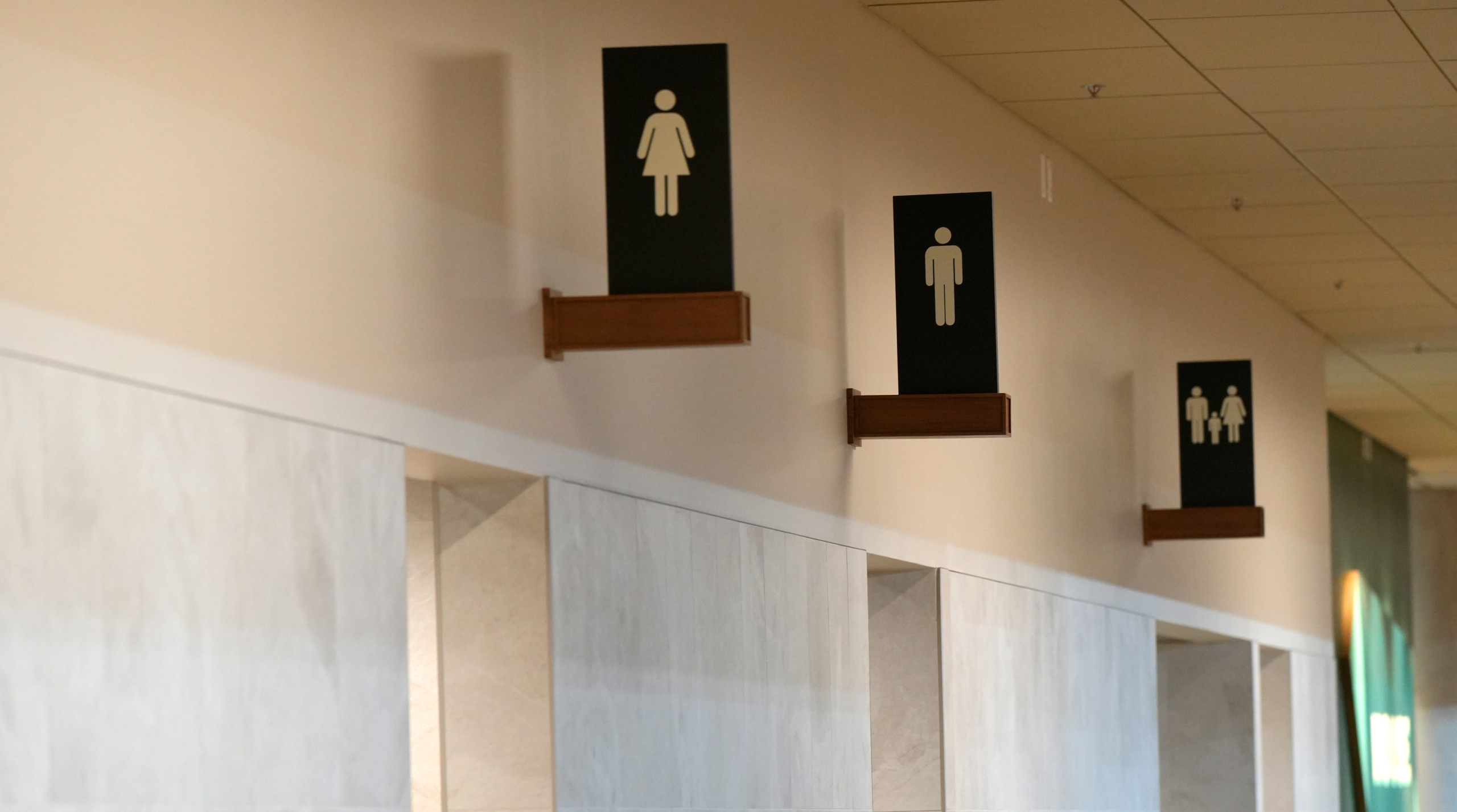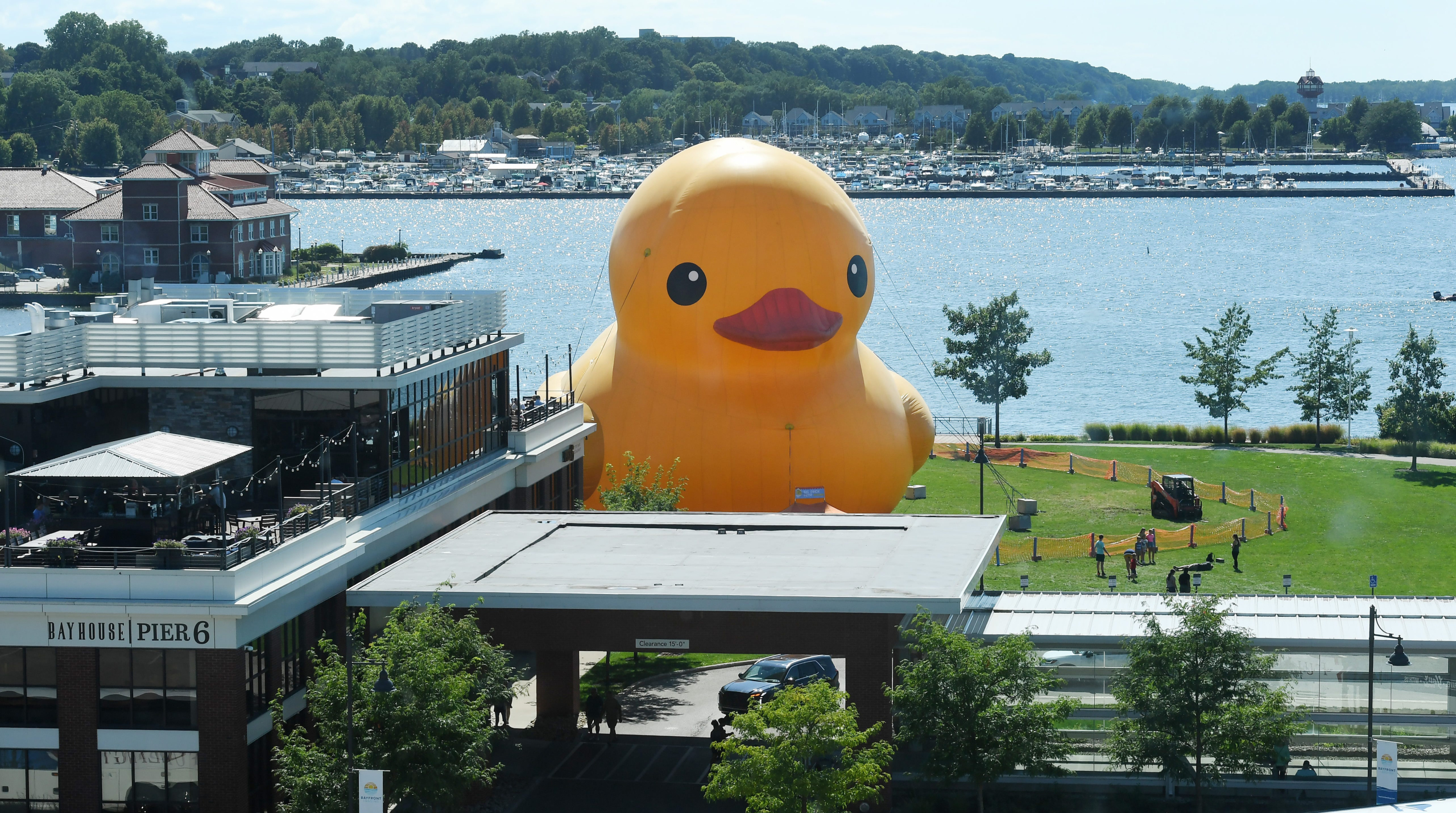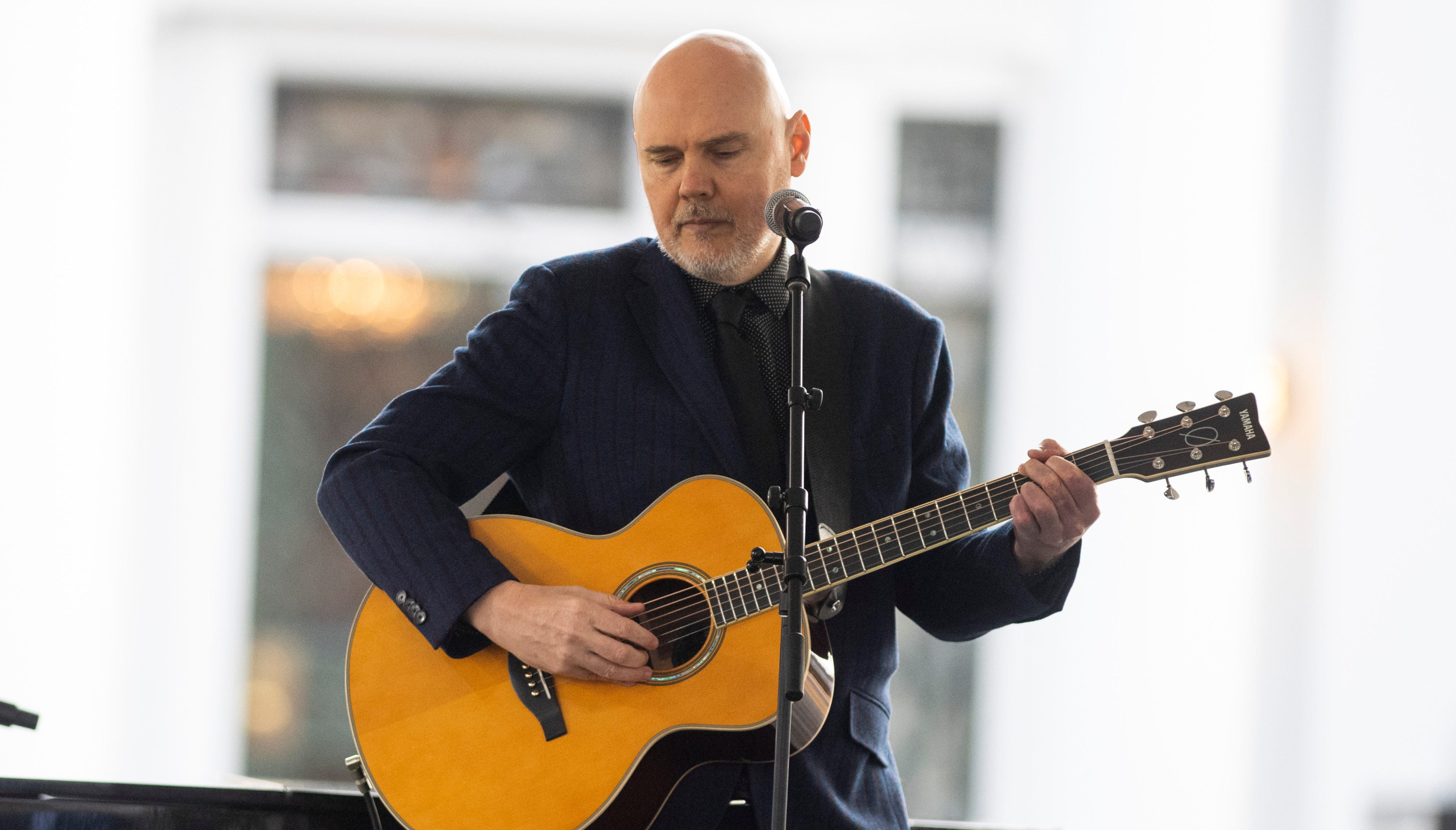Chicagoans on Friday opened their phones to a truly bizarre weather alert: a dust storm warning.
A little before 7 p.m. Friday, a wall of dust slammed into the city, propelled by 60 mph wind gusts coming from the southwest, National Weather Service Meteorologist Zachary Yack said. A large storm system that produced tornadoes across four states — including Illinois — swept through Bloomington in Central Illinois a few hours earlier Friday and picked up dust from surrounding farmland experiencing unusually dry soil conditions, Yack said.
The sky in Chicago darkened with a beige haze as the dust cloud blanketed the area. Motorists were asked to pull over their cars, while those with respiratory and other health issues were cautioned to stay indoors, according to the alert.
It was the worst dust storm — and one of only a handful of such weather events — in the city in nearly a century.
Prior to Friday’s storm, Chicago hadn’t seen a dust storm of this size since May 10, 1934, Yack said. That was during the Dust Bowl era, a series of environmental catastrophes that Great Plaines agricultural lands.
The last time such a storm passed through the area was on May 31, 1985 – leading to a pileup on I-90 that left a man dead. But its impacts weren’t as great in the city proper.
Whereas Friday’s storm blanketed the entire area, including Downtown.
Chicagoans shouldn’t expect storms like this to be a common occurrence in the future. A perfect cocktail of unique weather conditions enabled Friday’s dust storm to be possible, Yack said.
Global rising temperatures and subsequent desertification, however, are could increase the frequency of dust storms, according to the World Health Organization.
Dust storms can occur anywhere in the world, but are more common in arid climate zones like deserts or plains. In the United States, dust storms frequently occur in southwestern states like Arizona, California, Nevada, New Mexico, and Utah according to the National Weather Service.








